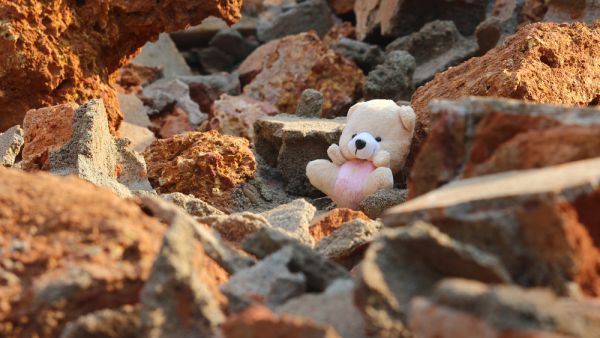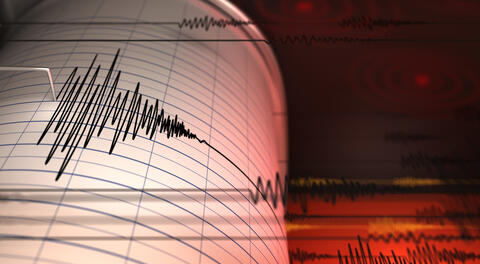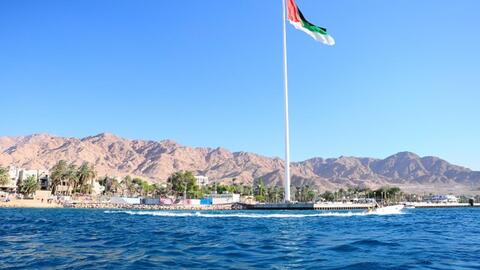Seismological networks of the Institute of Geophysics of the University of Tehran, recorded more than 950 earthquakes across the country over the past calendar month Ordibehesht (April 21-May 21).
Two earthquakes of more than 4 on the Richter scale have been recorded in the country by the National Seismological Center, the largest of which occurred on May 17, with a magnitude of 5.5 near Sankhast in northeastern North Khorasan province, which left 25 injured.
Tremors were felt in parts of the UAE after a high magnitude earthquake hit Iran
— The National (@TheNationalNews) January 16, 2021
https://t.co/sIM4jztBhu
Statistically, 883 earthquakes with magnitudes smaller than 3, and 64 earthquakes with magnitudes between 3 and 4, also, 8 quakes with magnitudes 4-5 have occurred.
Also, 3 earthquakes with magnitudes 5-6 shook the country.
The Iranian plateau is located in a very seismically active region of the world and is known not only for its major catastrophic earthquakes but also for the disasters relating to natural hazards, especially earthquakes.
About 2 percent of the earthquakes of the world occur in Iran but more than 6% of the victims of the world earthquakes during the 20th century are reported from Iranian earthquakes. This shows the high level of vulnerability in Iran, according to Mehdi Zare, a professor of engineering seismology.
A remarkable episode in Iran’s modern history, when Israelis and Iranians worked side-by-side to repair and rebuild after the 1962 earthquake in Qazvin. #Iran #Israelhttps://t.co/IIm2CvQR94 #Accountability
— IranWire (@IranWireEnglish) May 27, 2021
Most recently, an earthquake measuring 4.7 on the Richter scale shook the Shoghan in North Khorasan province on Sunday.
This article has been adapted from its original source.










